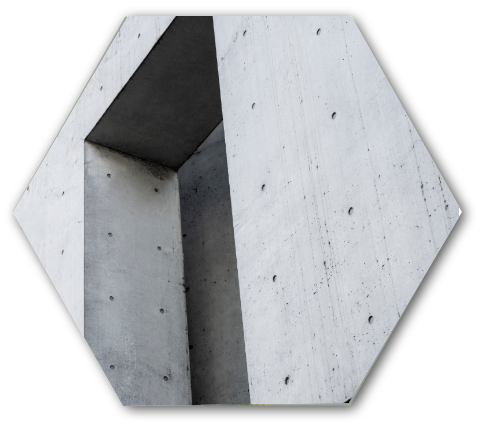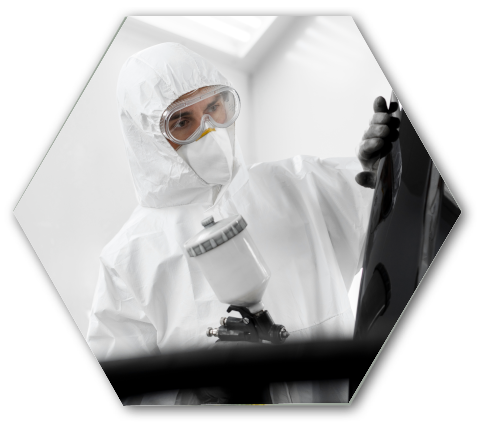Construccion materials
Graphene Enhanced Construction Materials
Graphene enhanced construction materials like concrete and asphalt have advance properties. Advance graphen material provides greater structural integrity against natural sisasters and inclement weather.
 Greater compression and flexural strength
Greater compression and flexural strength Electrically and thermally conductive
Electrically and thermally conductive Hydrophobic to prevent freeze-thaw cycle cracking
Hydrophobic to prevent freeze-thaw cycle cracking Light weighting wich results in cost of manufacturing materials savings
Light weighting wich results in cost of manufacturing materials savings




